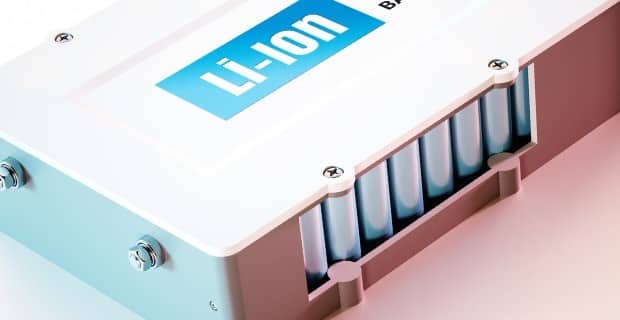A new lithium battery recycling plant in Victoria is helping to reduce landfill and create jobs.
The $2 million facility in New Gisborne is owned by Envirostream. It is the first of its kind for Australia, providing sustainable options for lithium solar battery disposal. This includes mobile phone batteries as well as home storage batteries including those by sonnen, plus the Tesla Powerwall.
While Envirostream recycled 24,000 kg of batteries last year, Victoria’s Energy and Environment Minister Lily D’Ambrosio officially opened the facility last week.
Recycling plant recovers valuable metals
The CEO of Sustainability Victoria, Stan Krpan, said that up until now Australia has had the lowest rate of battery recycling in the OECD, at only 3 per cent. Our lithium batteries went overseas for recycling.
Recycling batteries enables the extraction of valuable resources. This includes copper, steel, nickel and lithium. These materials go into making new batteries.
Sustainability Victoria granted Envirostream $40,000 to increase the recovery of these valued materials from batteries.

Lithium-Ion batteries are now recycled in Victoria.
Lithium battery recycling part of statewide ban on e-waste
The recycling plant also fits well with Victoria’s e-waste landfill ban, which comes into full effect in July 2019. ‘E-waste’ in this context includes appliances, mobile phones, batteries, TVs, computers, printers and the like.
At the opening of the Envirostream facility, Ms D’Ambrosio also unveiled plans for e-waste recycling in Victoria. This includes the upgrade of e-waste collection points across the state to enable residents to safely dispose of their e-waste.
Having an e-waste facility nearby should make it easier for all Victorians to drop off their expired lithium solar batteries for recycling.
Lithium in demand across the world
Lithium stores energy well, making it highly favoured for modern battery systems. Lithium-ion batteries are also much lighter than traditional lead-acid or nickel batteries.
It’s now also reassuring to know that in Victoria at least you will be able to safely recycle your battery once it reaches the end of its life-cycle.










 The data was compiled by the Centre of Automotive Management (CAM) in Germany.
The data was compiled by the Centre of Automotive Management (CAM) in Germany.


